Avez-vous utilisé une protection pour votre clavier mécanique afin de le protéger de la poussière, des éclaboussures et de l'usure ? Les protections protègent votre clavier de la saleté et des dommages, prolongent sa durée de vie et embellissent votre bureau. De plus, si vous n'utilisez pas le clavier, vous pouvez l'afficher.
Cependant, la nécessité des housses anti-poussière fait encore débat. Certains les trouvent très pratiques, tandis que d'autres les jugent inutiles et préfèrent nettoyer le clavier .
Explorons donc les avantages et les inconvénients des housses de clavier, discutons de leur nécessité et donnons des conseils sur la façon de choisir celle qui convient à vos besoins.
Qu'est-ce qu'un protège-clavier ?
Une housse de clavier est un accessoire de protection conçu pour recouvrir les touches d'un clavier. Non seulement elle protège votre clavier de la poussière, des liquides et autres petits fléaux, mais elle prolonge également sa durée de vie.
Avantages d'une housse de clavier
Protéger contre la poussière et les débris
La fonction principale du couvercle du clavier est d'empêcher la poussière et les débris de pénétrer dans le clavier, protégeant ainsi le fonctionnement normal du clavier et prolongeant sa durée de vie.
Protéger contre les déversements
Les déversements accidentels peuvent endommager les claviers de manière permanente. Une bonne protection agit comme une barrière, empêchant les liquides d'atteindre les composants internes.
Réduisez le blocage des touches et protégez les circuits
Il peut efficacement empêcher l'accumulation de poussière sur la surface du clavier, réduire le blocage des touches causé par des espaces de touches excessifs et réduire la possibilité que la poussière endommage les circuits internes du clavier.
Prévenir l'usure des clés
Une utilisation régulière peut entraîner l'usure et la décoloration des touches. Les protections de clavier permettent de maintenir les touches propres et d'éviter tout contact prolongé avec la sueur, la graisse et autres substances susceptibles d'abîmer la surface des touches.

Types de housses de clavier
Il existe de nombreux modèles de protections de clavier, comme les protections de clavier gaming et les protections de clavier en silicone. Voici les différents types de protections de clavier selon leur classification.
Pour différents matériaux
- Silicone : Souples et flexibles, les housses en silicone offrent une bonne protection contre la poussière et les déversements et sont faciles à nettoyer.
- Plastique dur : Robustes et durables, les couvercles en plastique dur offrent une protection robuste contre les déversements et l'usure, préservant la sensation d'origine du clavier.
- Tissu (néoprène/polyester) : Légères et douces, les housses en tissu offrent une touche décorative et une protection légère contre la poussière, mais peuvent ne pas être idéales pour les déversements de liquide.
- Vinyle : Fabriquées à partir de matériaux imperméables, les housses en vinyle sont faciles à nettoyer et offrent une excellente protection contre l'humidité.
- Caoutchouc : Offrant une bonne adhérence et une résistance à la poussière et aux liquides, les revêtements en caoutchouc sont durables et adaptés à différents types de clavier.
- TPU (polyuréthane thermoplastique) : Connues pour leur flexibilité et leur résilience, les coques en TPU offrent une protection supérieure tout en conservant un profil mince.
| Taper | Avantages | Inconvénients | Approprié |
| Silicone | Facile à nettoyer, bonne flexibilité | Peut s'user avec le temps | Usage général et protection contre la lumière |
| Plastique dur | Protection renforcée, conserve la sensation de frappe | Peut être plus volumineux, peut ne pas convenir à tous les claviers | Environnements nécessitant une forte durabilité |
| Tissu (néoprène/polyester) | Attrait esthétique, toucher doux | Protection limitée contre les déversements | Les utilisateurs privilégient la conception à la protection |
| Vinyle | Facile à nettoyer, imperméable | Peut être moins durable que les couvertures rigides | Cuisines ou zones sujettes à l'humidité |
| Caoutchouc | Durable et offre une bonne adhérence | Peut sembler collant ou lourd pour certains utilisateurs | Usage général avec une bonne protection |
| TPU (polyuréthane thermoplastique) | Conception mince, excellente protection | Peut être plus cher que d'autres matériaux | Utilisateurs ayant besoin à la fois de protection et d'esthétique |
Pour des raisons différentes
- Housse anti-poussière : légère et facile à utiliser, les housses anti-poussière protègent les claviers de la poussière et de la saleté, idéales pour la maison et le bureau.
- Housse imperméable : Fabriquées à partir de matériaux résistants à l'eau, ces housses protègent contre les déversements et l'humidité, parfaites pour les cuisines et les environnements en désordre.
- Film pour clavier : Fins et flexibles, les films pour clavier protègent les touches des rayures et de l'usure, préservant ainsi l'apparence du clavier pour les utilisateurs quotidiens.
- Housse de jeu : Conçues pour les joueurs, ces housses offrent durabilité et adhérence, garantissant des performances lors de sessions de jeu intenses.
- Couverture personnalisable : permettant l'expression personnelle, les couvertures personnalisables sont disponibles dans différents modèles, ce qui en fait un accessoire amusant pour n'importe quel clavier.
- Housse portable : Légères et faciles à transporter, les housses portables offrent une protection de base, idéales pour les utilisateurs qui voyagent ou travaillent en déplacement.
| Taper | Avantages | Inconvénients | Approprié |
| Housse anti-poussière | Empêche l'accumulation de poussière et de saleté | Peut ne pas protéger contre les déversements | Bureau, usage domestique |
| Housse imperméable | Protège contre les déversements et l'humidité | Peut rendre la frappe moins tactile | Cuisines, extérieur, environnements désordonnés |
| Film sur le clavier | Protège les touches de l'usure et des rayures | Peut ne pas convenir parfaitement à tous les claviers | Utilisation quotidienne, saisie fréquente |
| Couverture de jeu | Durabilité et adhérence améliorées | Peut être plus épais, affectant la sensation des touches | Configurations de jeu, sessions à haute intensité |
| Couverture personnalisable | Options de conception personnalisées | Peut être plus cher | Idées cadeaux, style personnel |
| Housse portable | Léger et facile à transporter | Peut offrir moins de protection | Voyage, utilisation en déplacement |

Pour différentes méthodes d'installation
- Housses à enfiler : ces housses glissent facilement sur le clavier, ce qui rend l'installation et le retrait rapides et sans tracas.
- Housses à clipser : Fixées avec des clips, ces housses offrent un ajustement plus stable, empêchant tout mouvement pendant l'utilisation.
- Couverture intégrale : Enveloppant entièrement le clavier, ces couvertures protègent toutes les zones, y compris les espaces entre les touches et les bords.
- Couverture partielle : Conçues pour couvrir uniquement des zones spécifiques, ces couvertures répondent à des besoins ou préférences particuliers, permettant une protection ciblée.
| Taper | Avantages | Inconvénients | Approprié |
| Housses à enfiler | Installation rapide, facile à retirer. | Peut se déplacer pendant l'utilisation. | Les utilisateurs qui nettoient fréquemment leurs claviers. |
| Housses à clipser | Ajustement stable, empêche le mouvement. | Peut nécessiter plus d'efforts pour l'installation/la suppression. | Environnements de jeu et d'utilisation active. |
| Couverture intégrale | Protection complète. | Peut être volumineux ; peut affecter la sensation de frappe. | Environnements à forte teneur en poussière ou en liquides. |
| Couverture partielle | Protection ciblée pour une utilisation spécifique. | Couverture limitée, peut ne pas protéger toutes les clés. | Utilisateurs nécessitant une protection dans des zones spécifiques uniquement. |

Comment choisir la bonne protection de clavier ?
1. Choisissez en fonction du type de clavier
Chaque type de clavier requiert des exigences différentes en matière de protection. Par conséquent, lors du choix d'une protection, il est important de prendre en compte le type et les caractéristiques du clavier.
2. Choisissez en fonction des dispositions du clavier
Les exigences en matière de protection anti-poussière varient selon le type de clavier. Assurez-vous que la protection est adaptée à votre configuration de clavier (par exemple, ANSI, ISO) pour des performances optimales.
3. Choisissez en fonction du matériau
Pensez au matériau qui correspond le mieux à vos besoins. Le silicone est idéal pour la protection, tandis que le tissu offre confort et esthétique.
4. Choisissez en fonction de l'environnement d'utilisation
Les exigences en matière de housses anti-poussière varient selon les environnements (maison, bureau, restauration). Par exemple, à la maison, vous pouvez opter pour une housse en acrylique plus esthétique ; pour les repas à emporter, optez pour une housse en tissu légère et facile à transporter.
5. Choisissez en fonction de la couleur et du design
Choisissez un modèle qui reflète votre style. Couleurs vives ou motifs subtils, il y en a pour tous les goûts.

Ai-je besoin d’une protection de clavier ?
La nécessité d'une protection de clavier dépend de plusieurs facteurs :
- Protection : Si vous souhaitez protéger votre clavier de la poussière, des déversements et de l'usure, une housse peut être très bénéfique.
- Environnement d'utilisation : Si vous mangez ou buvez souvent à proximité de votre clavier, une housse peut aider à prévenir les dommages causés par les liquides.
- Entretien : Les housses facilitent le nettoyage de votre clavier et peuvent prolonger sa durée de vie.
- Expérience de frappe : Vérifiez si une coque peut affecter la sensation ou le confort de frappe. Certains utilisateurs préfèrent le retour tactile des touches non protégées.
- Esthétique : Si vous souhaitez personnaliser l'apparence de votre clavier, des couvertures colorées peuvent ajouter une touche personnelle.

Est-il utile d’acheter une housse de clavier ?
Oui, se procurer une housse de clavier peut en valoir la peine pour plusieurs raisons :
- Protection : Il aide à empêcher la poussière, les déversements et les débris d'endommager votre clavier, prolongeant ainsi potentiellement sa durée de vie.
- Entretien : Les housses facilitent le nettoyage de votre clavier, réduisant l'accumulation de saletés et d'allergènes.
- Rentable : Investir dans une housse peut vous faire économiser de l’argent sur les réparations ou les remplacements à long terme.
- Personnalisation : De nombreuses housses sont disponibles dans différentes couleurs et designs, vous permettant de personnaliser l'apparence de votre clavier.
- Confort : Certaines couvertures offrent une surface de frappe plus douce, que certains utilisateurs trouvent plus confortable.
Les housses de clavier rendent-elles la frappe plus difficile ?
Les housses de clavier peuvent affecter la frappe de plusieurs manières :
- Sensation de frappe : certaines coques, en particulier les plus épaisses, peuvent altérer le retour tactile des touches, ce qui peut rendre la frappe moins réactive.
- Course des touches : Un couvercle peut réduire la distance de déplacement des touches, donnant l'impression que les touches sont plus rigides ou moins rembourrées.
- Vitesse et précision : si vous n'êtes pas habitué à taper avec une couverture, cela peut temporairement vous ralentir ou affecter votre précision pendant que vous vous adaptez.
- Confort : Certains utilisateurs trouvent qu'une coque en silicone souple peut être plus confortable, tandis que d'autres préfèrent la sensation des touches découvertes.
En fin de compte, la difficulté de frappe dépend du matériau et de l'épaisseur de la housse, ainsi que de vos préférences personnelles. En essayer une peut vous aider à déterminer son impact sur votre expérience de frappe.



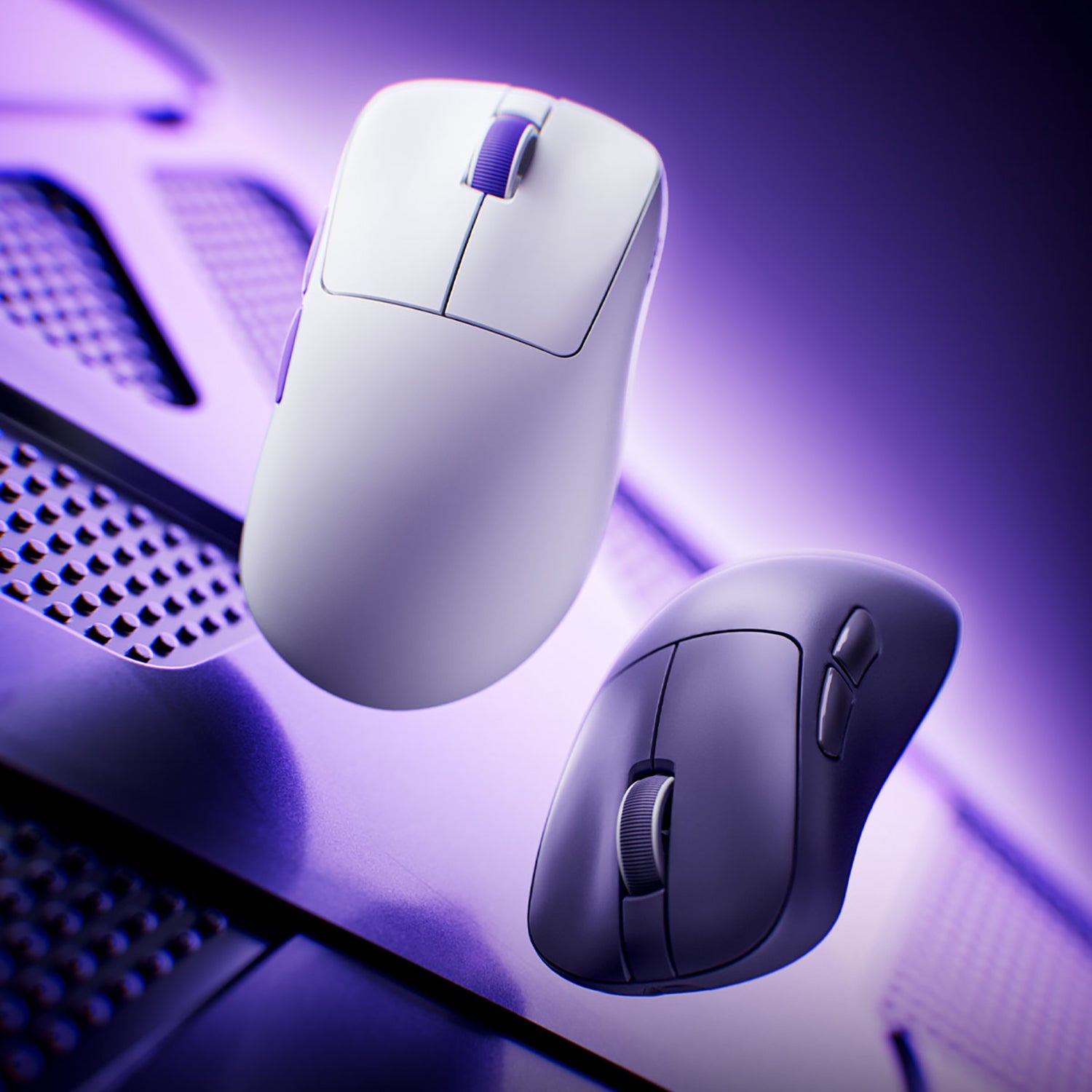
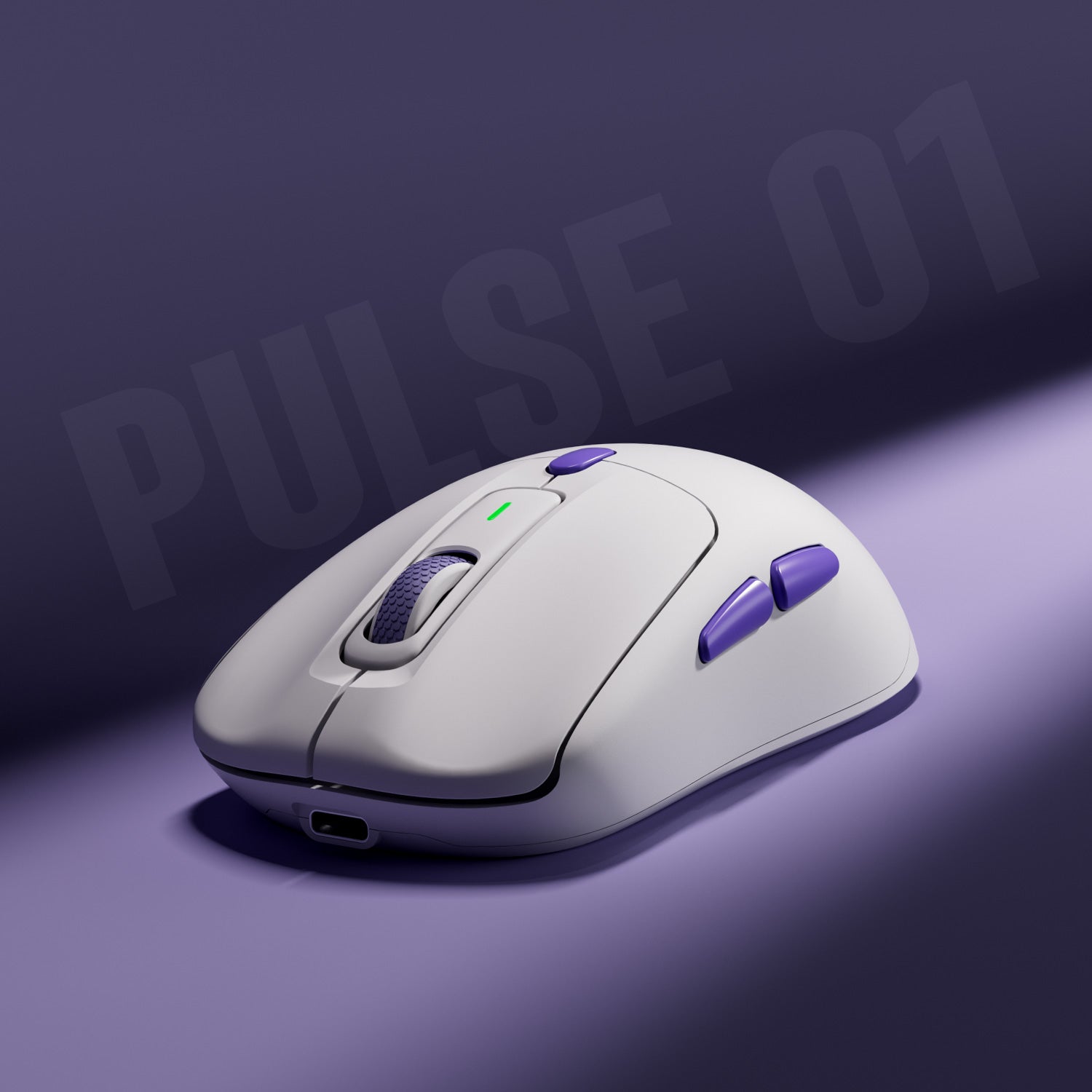
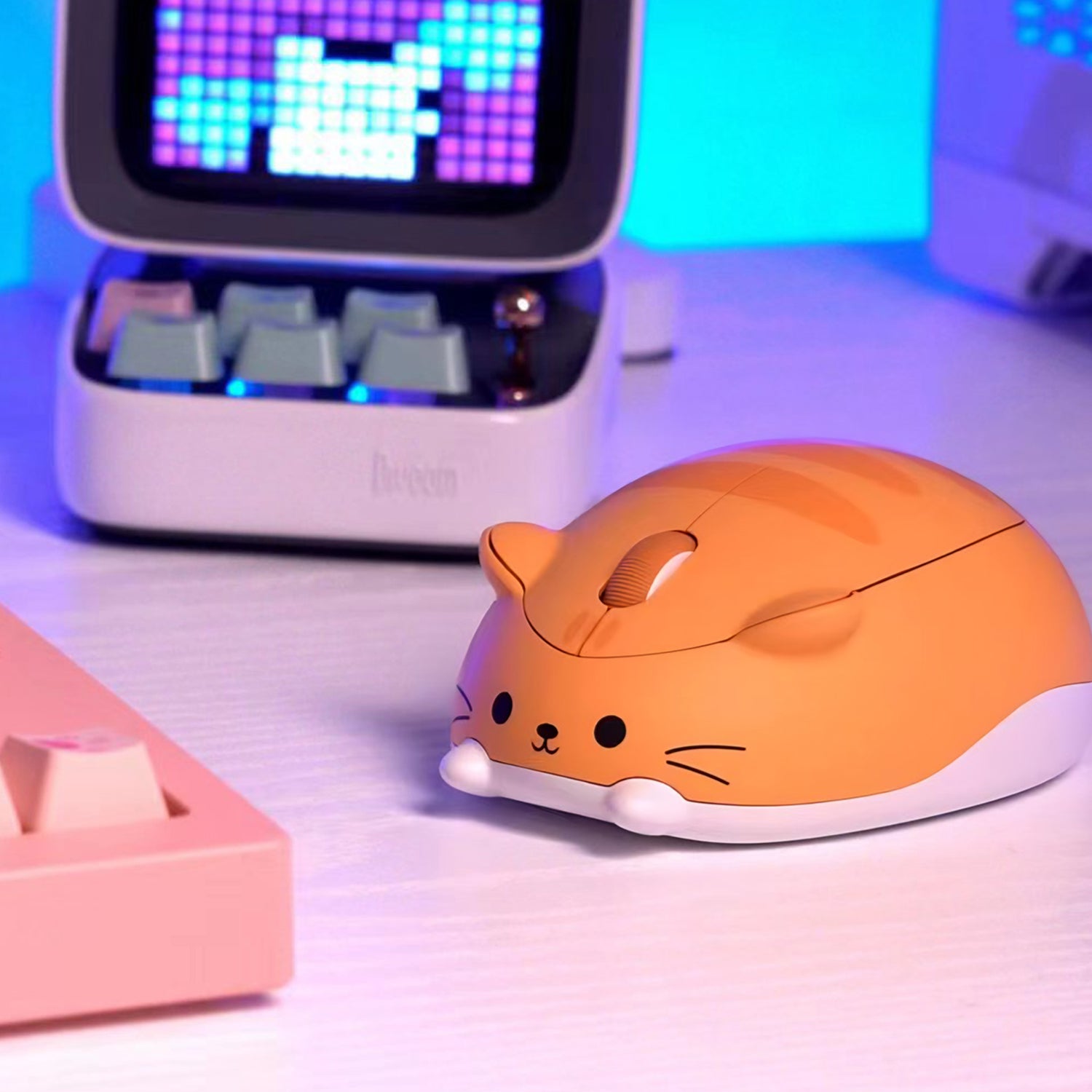

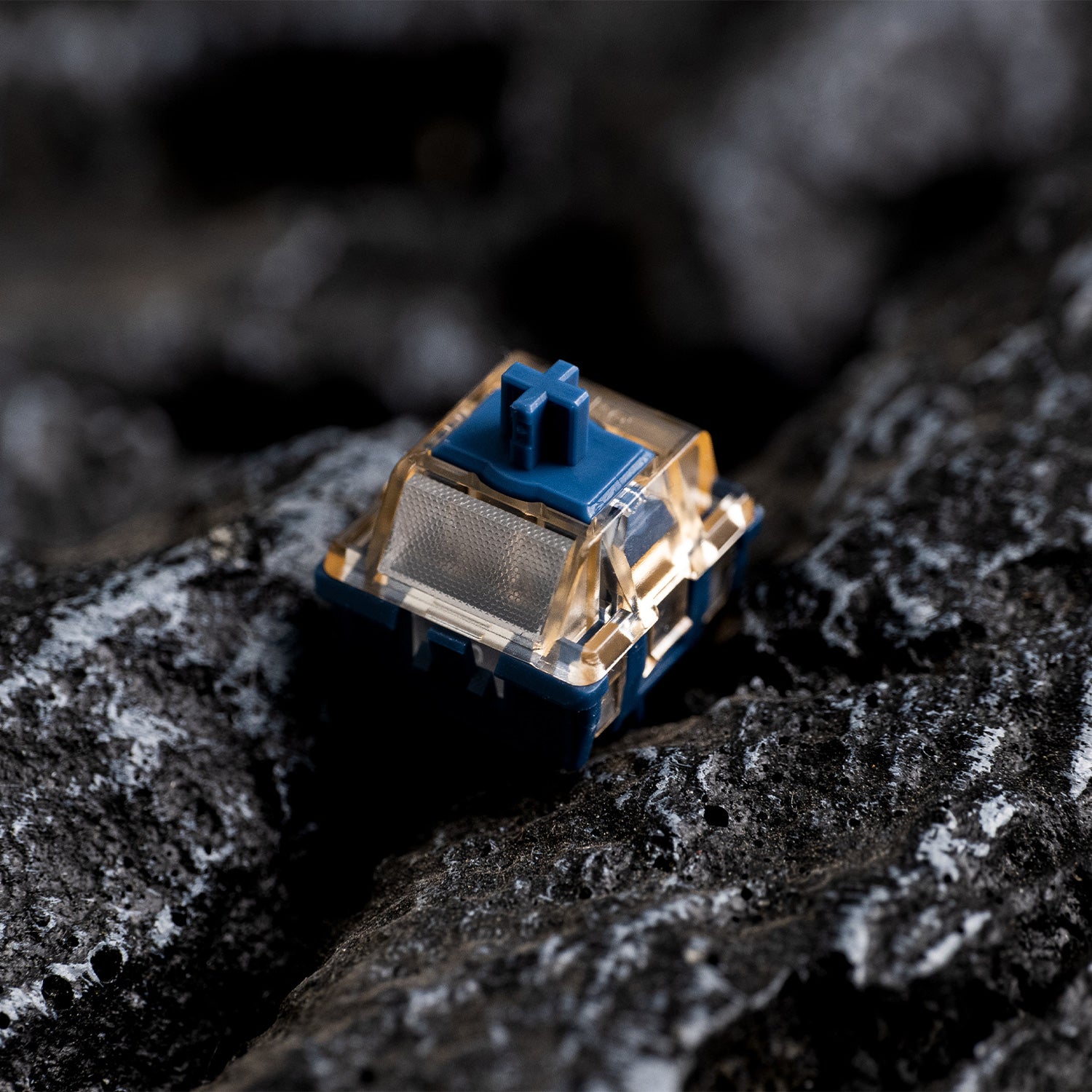


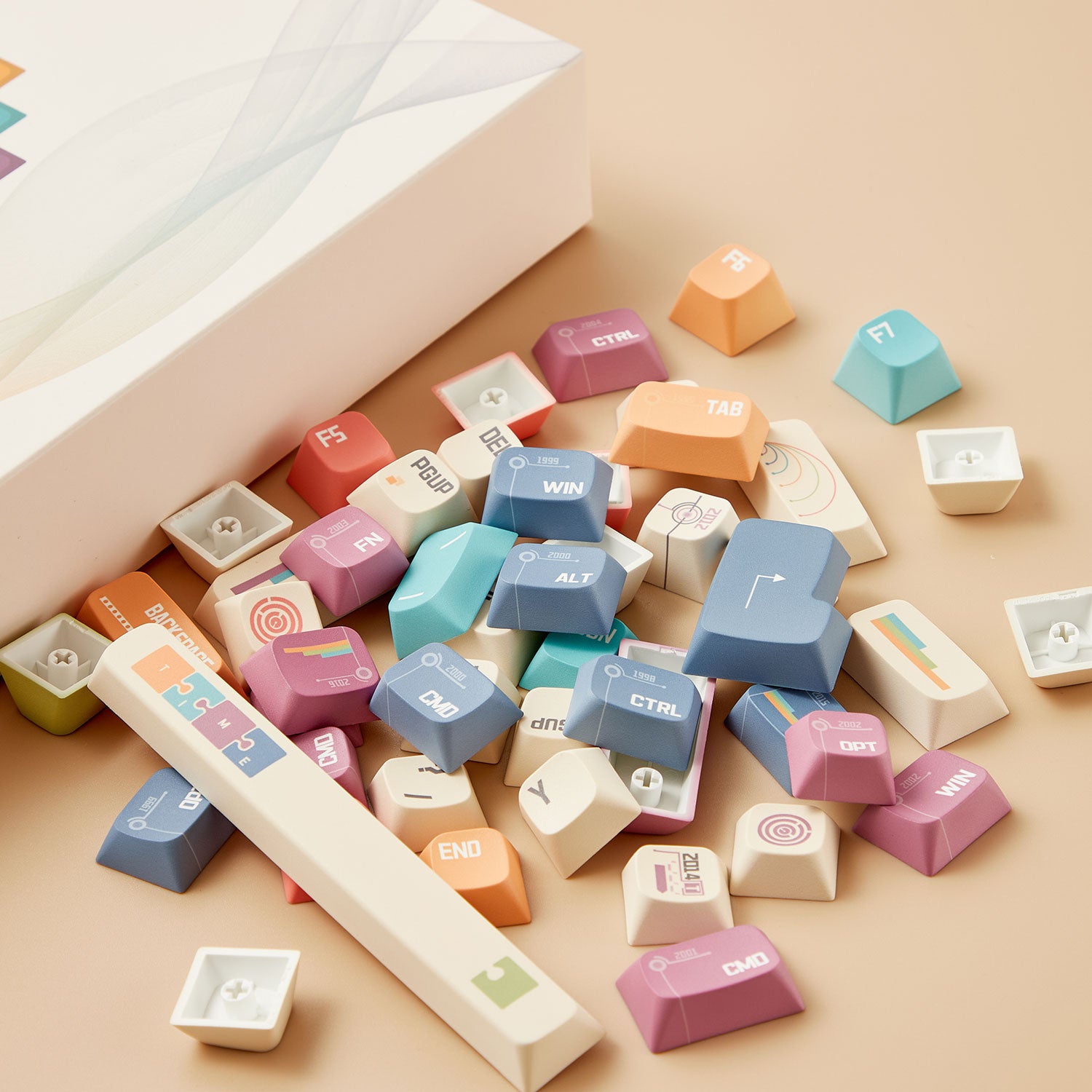
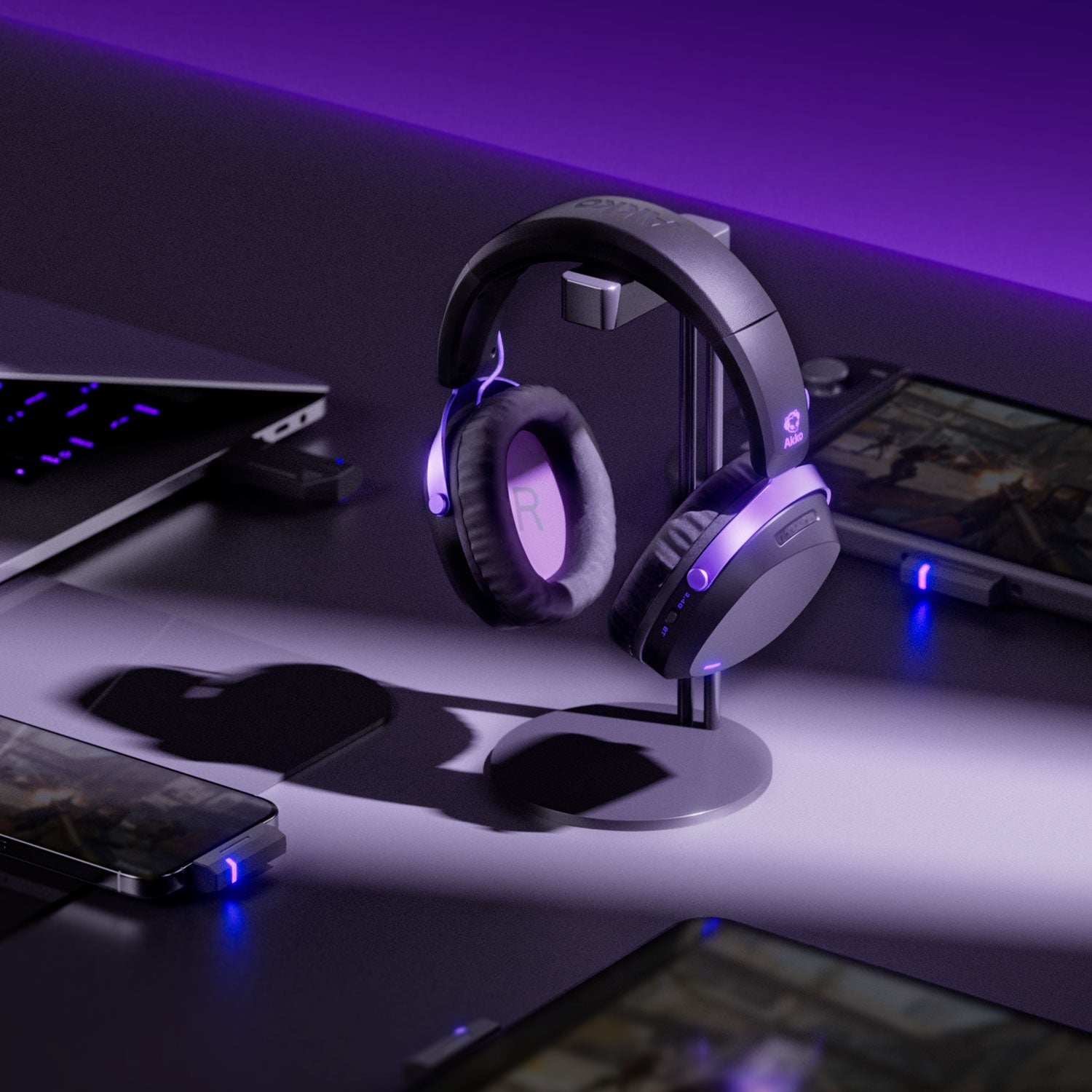


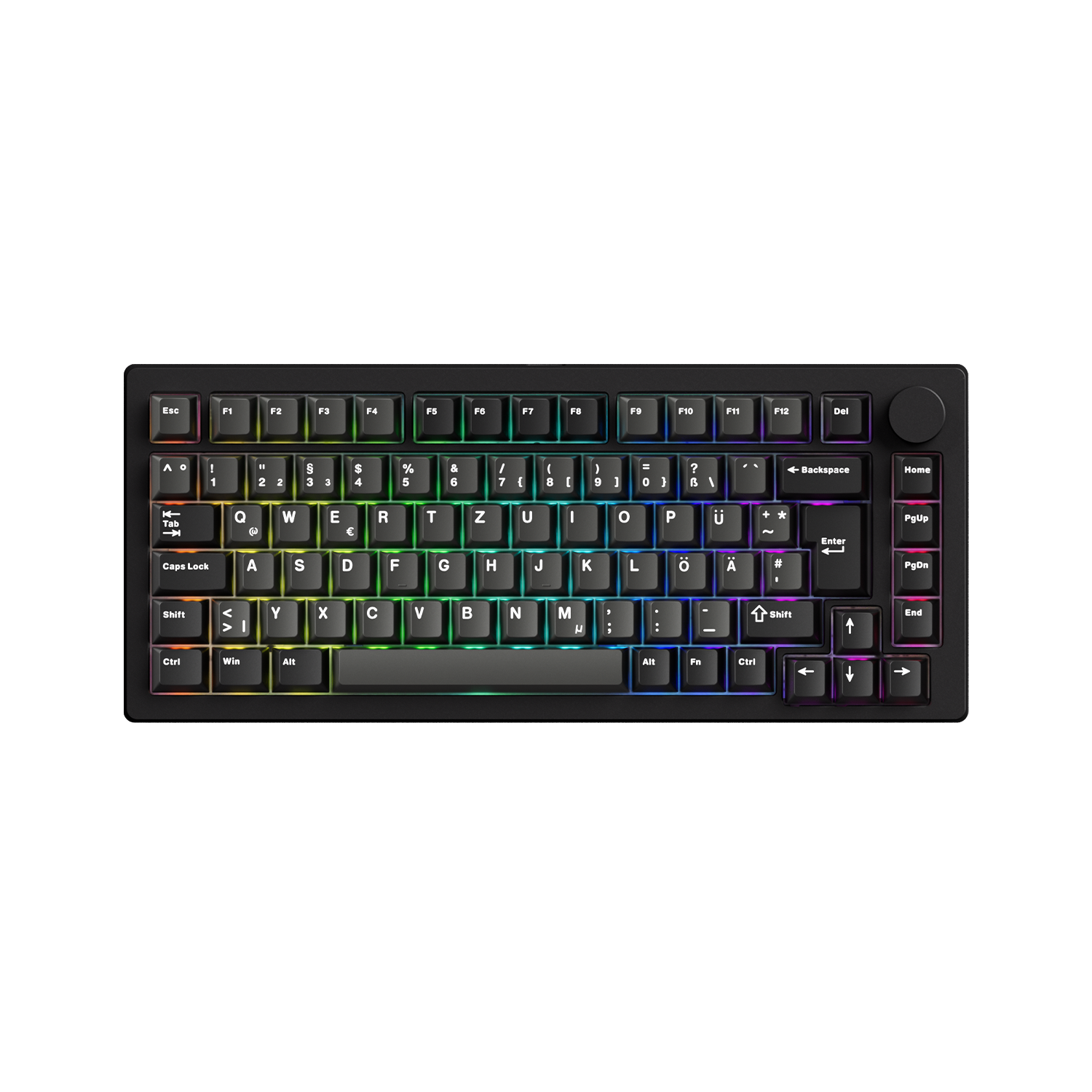
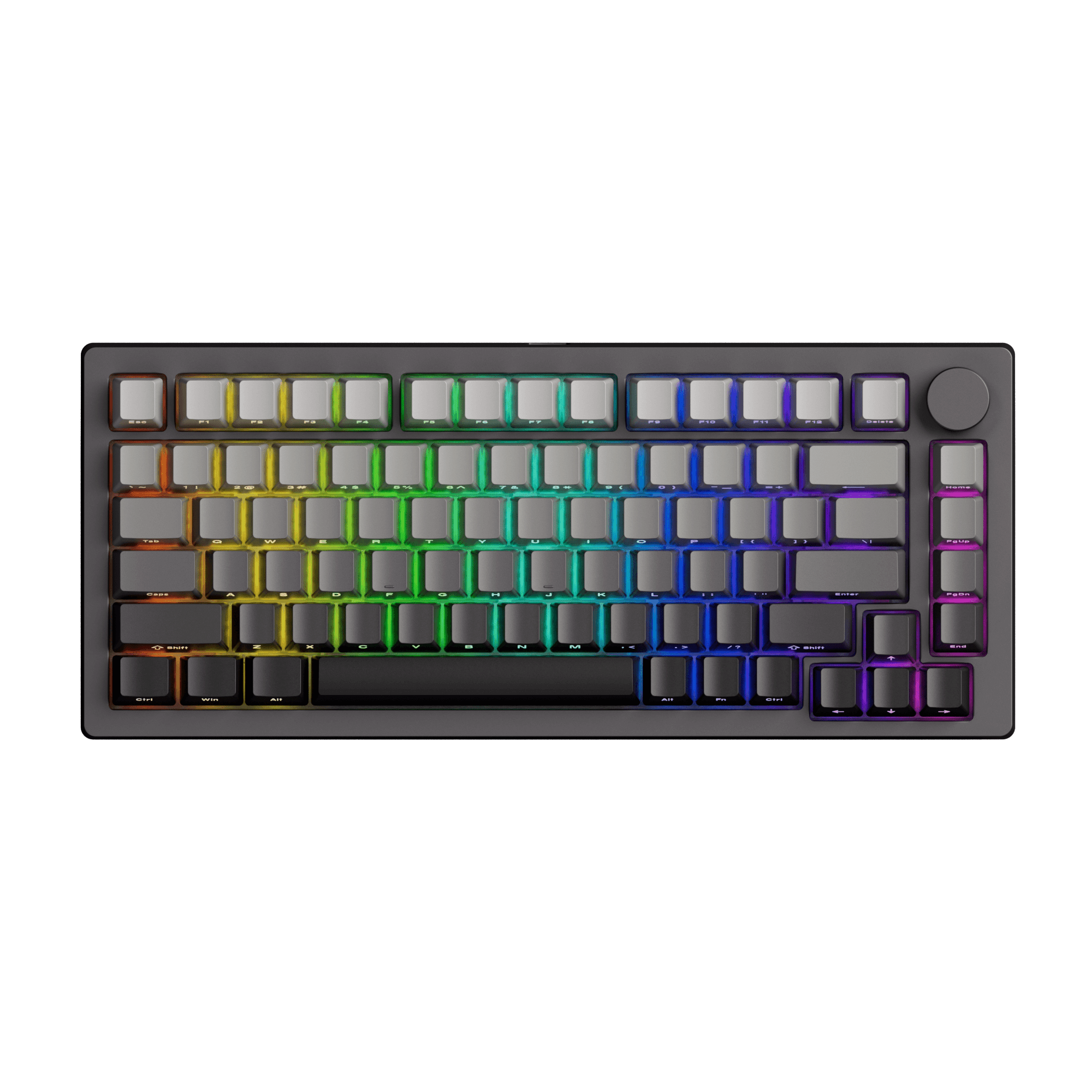
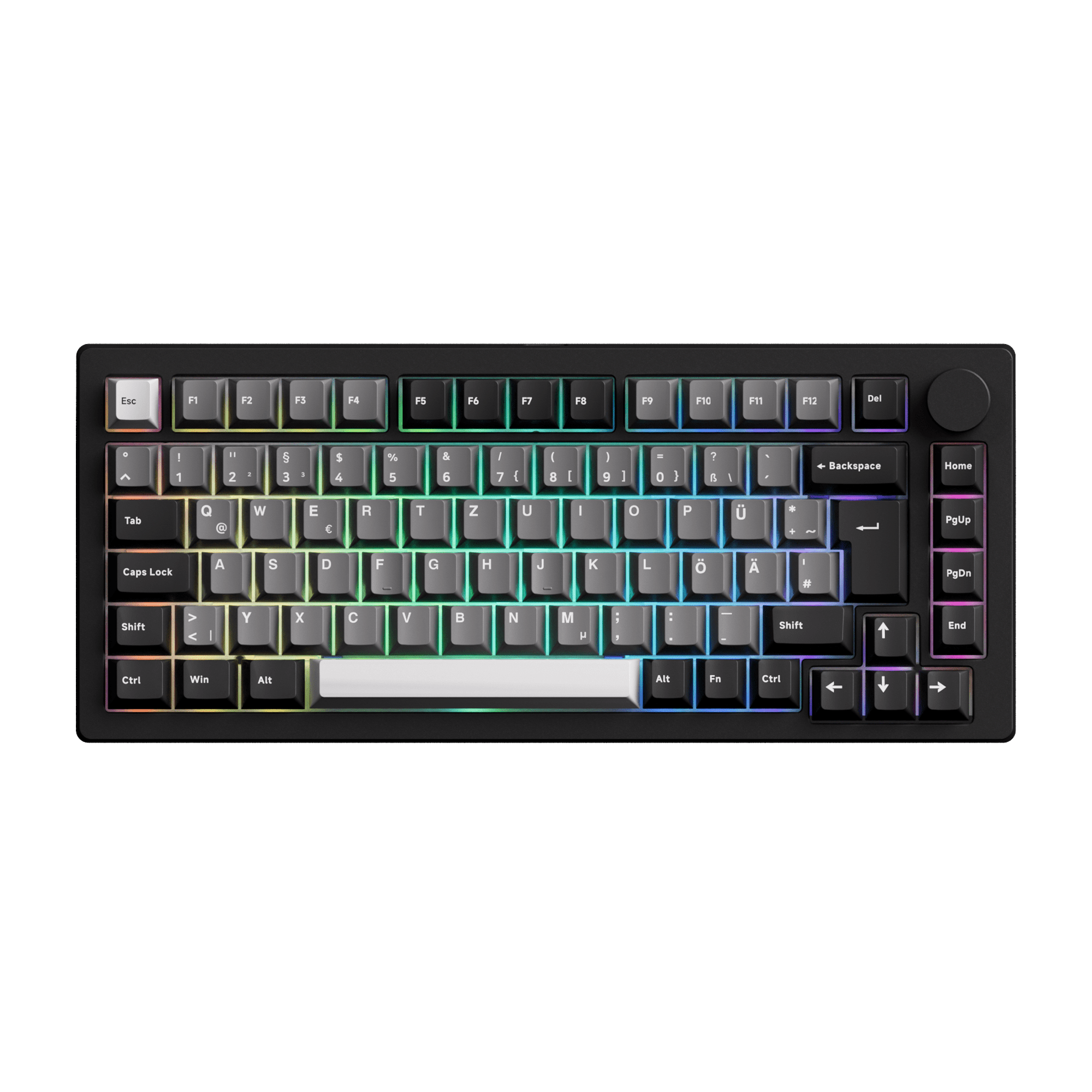
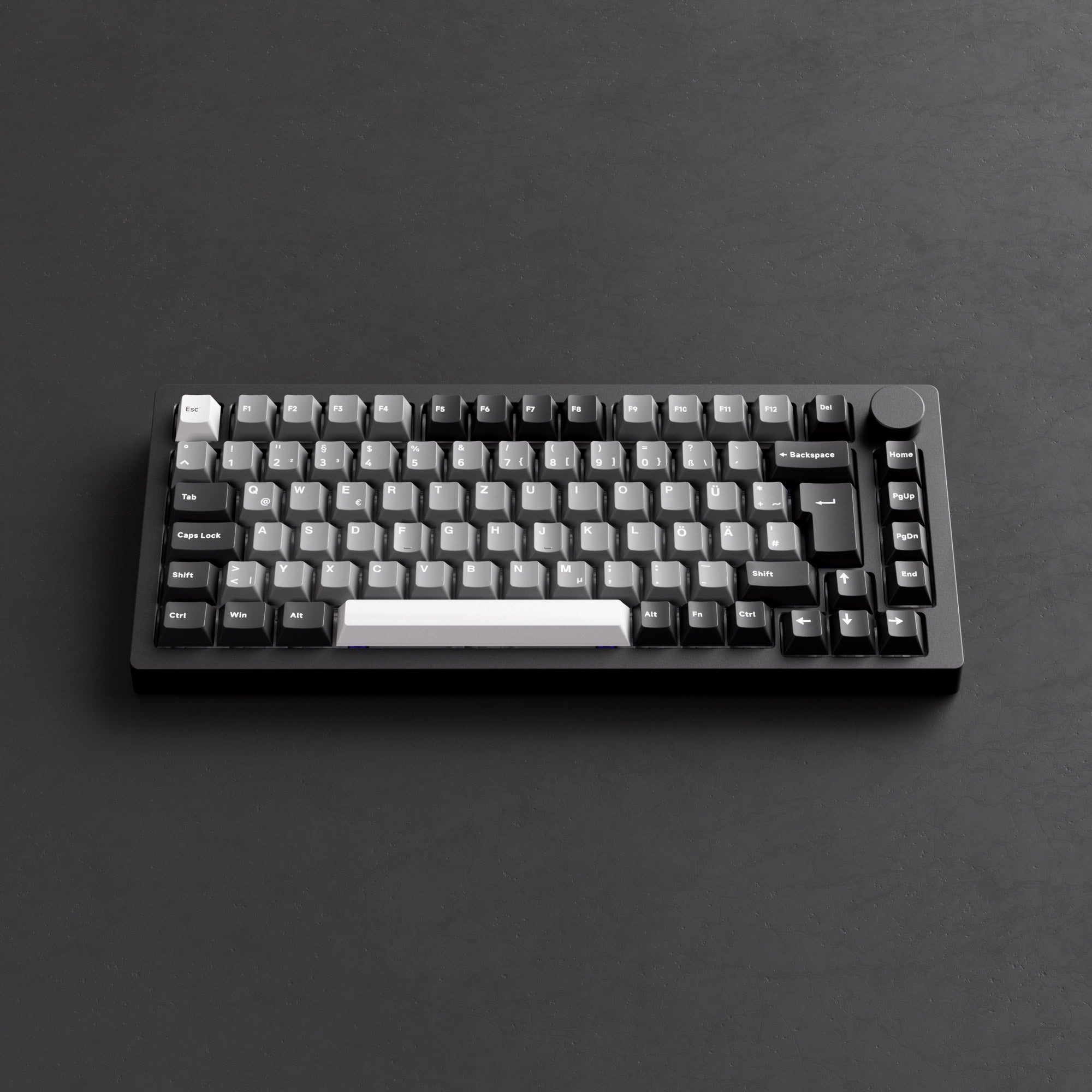
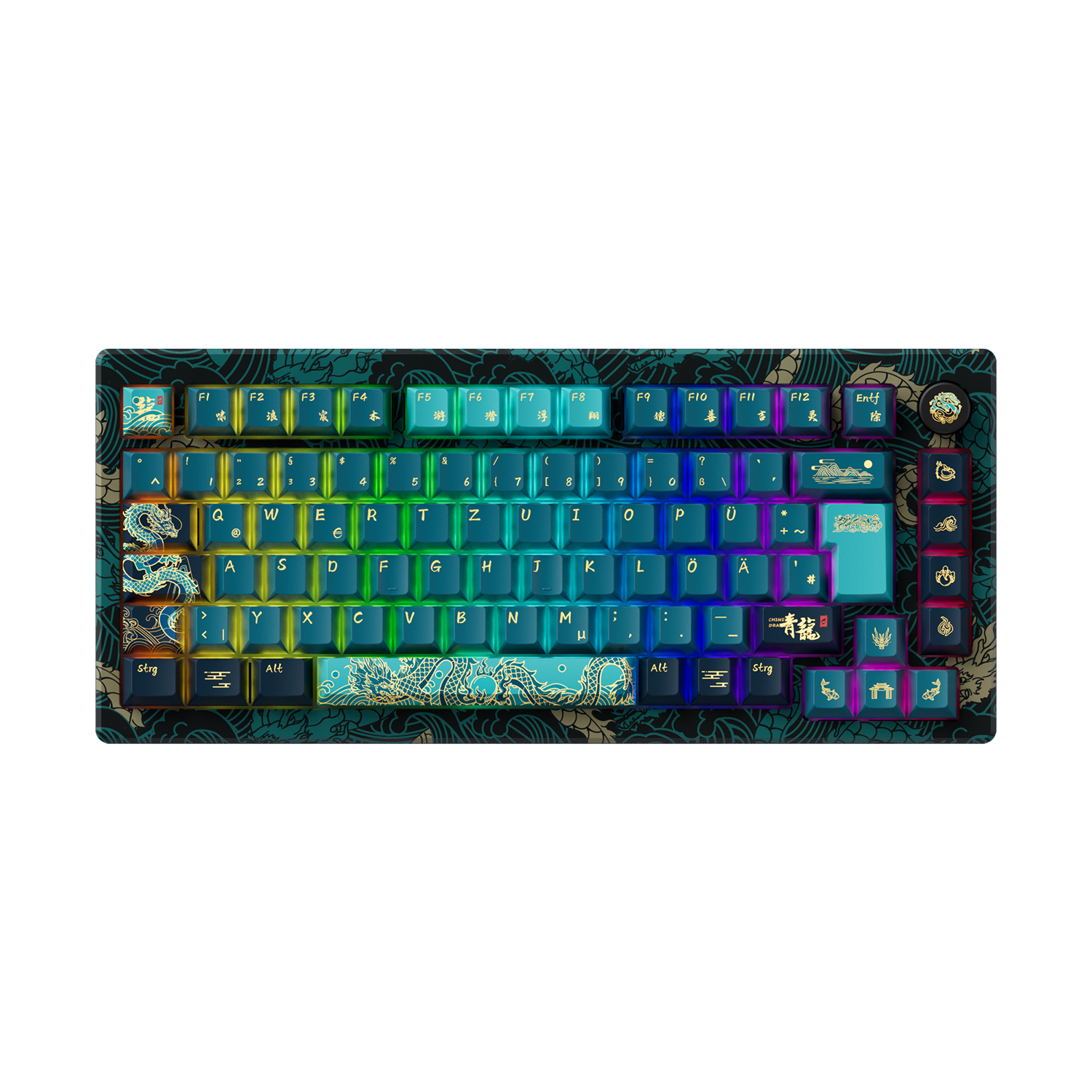

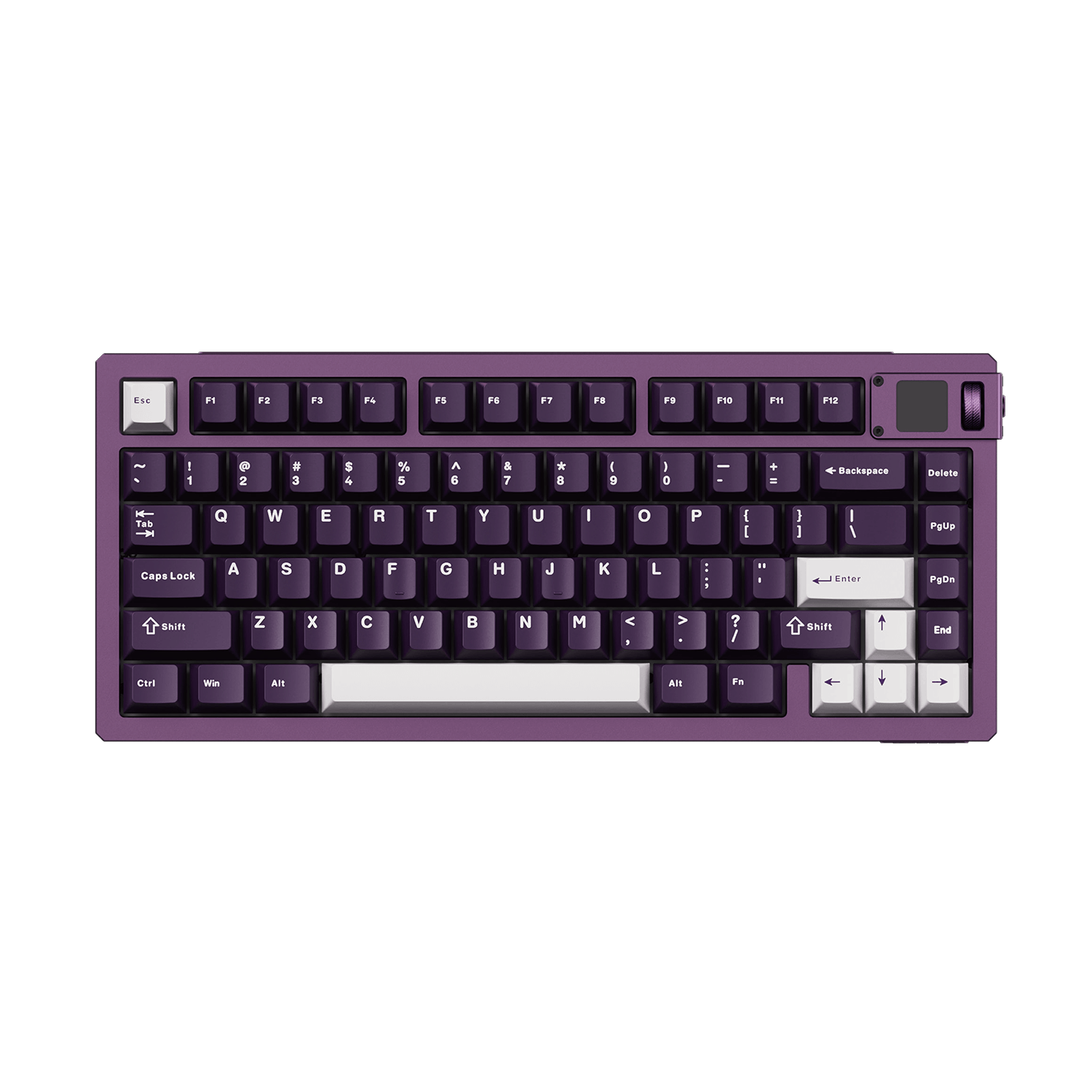


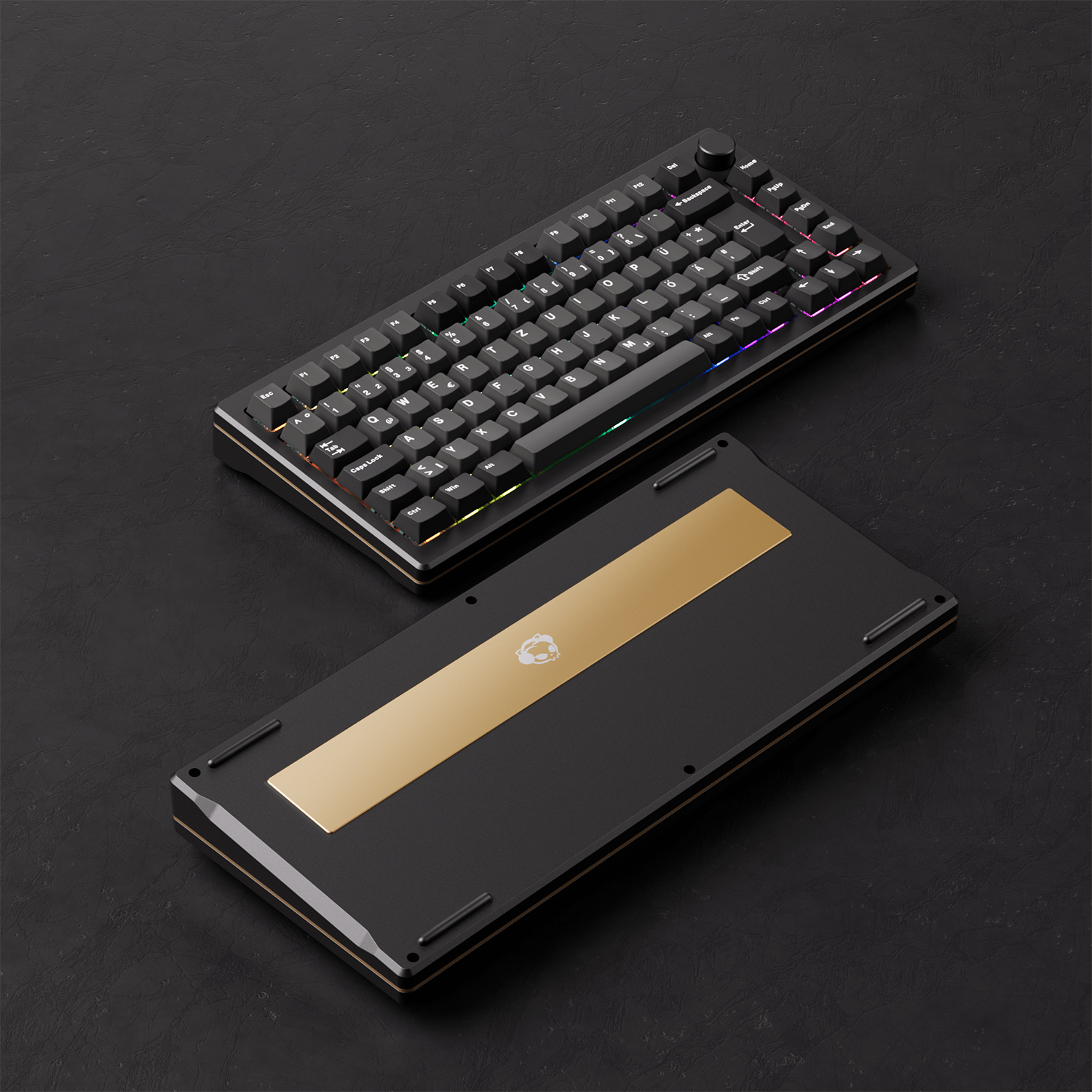
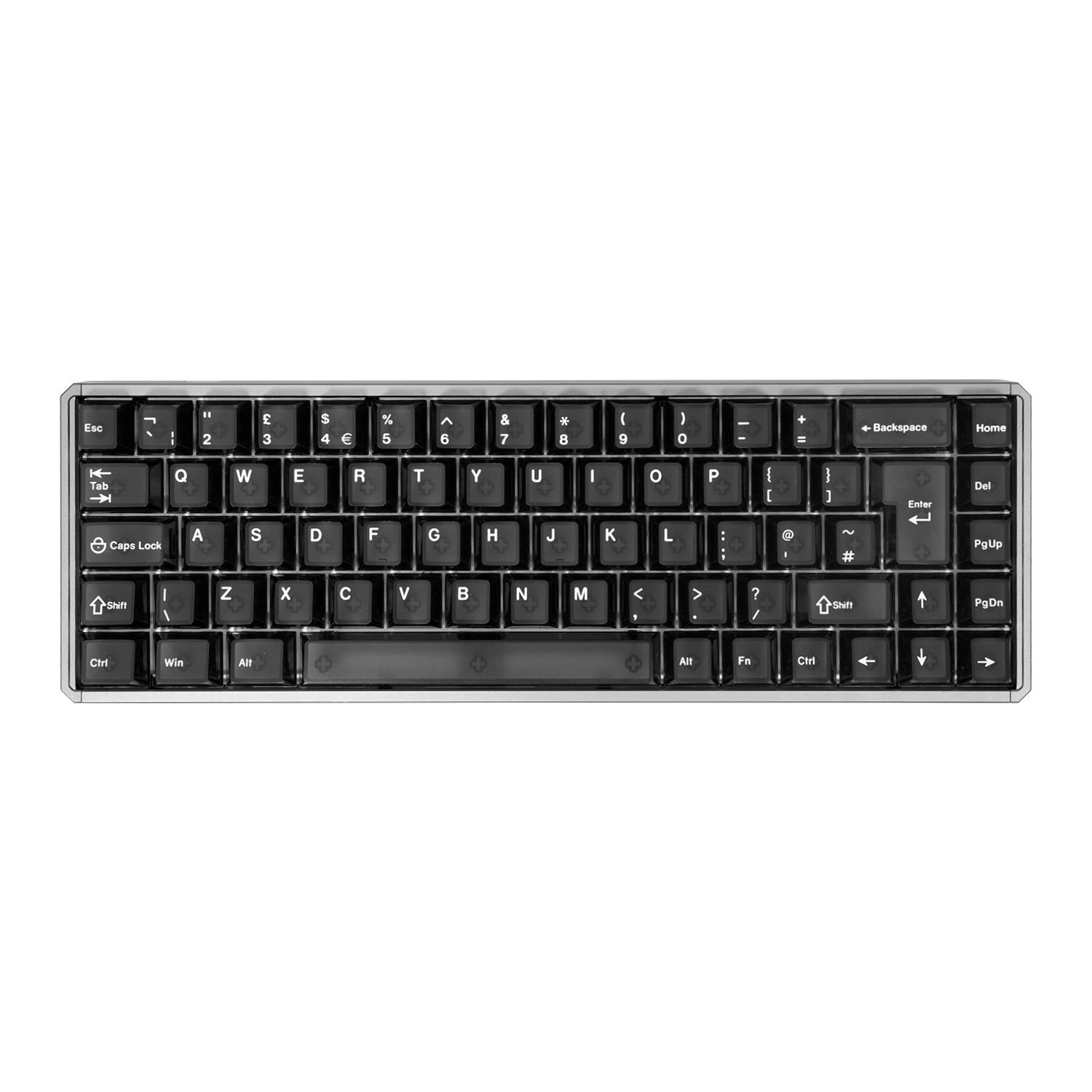
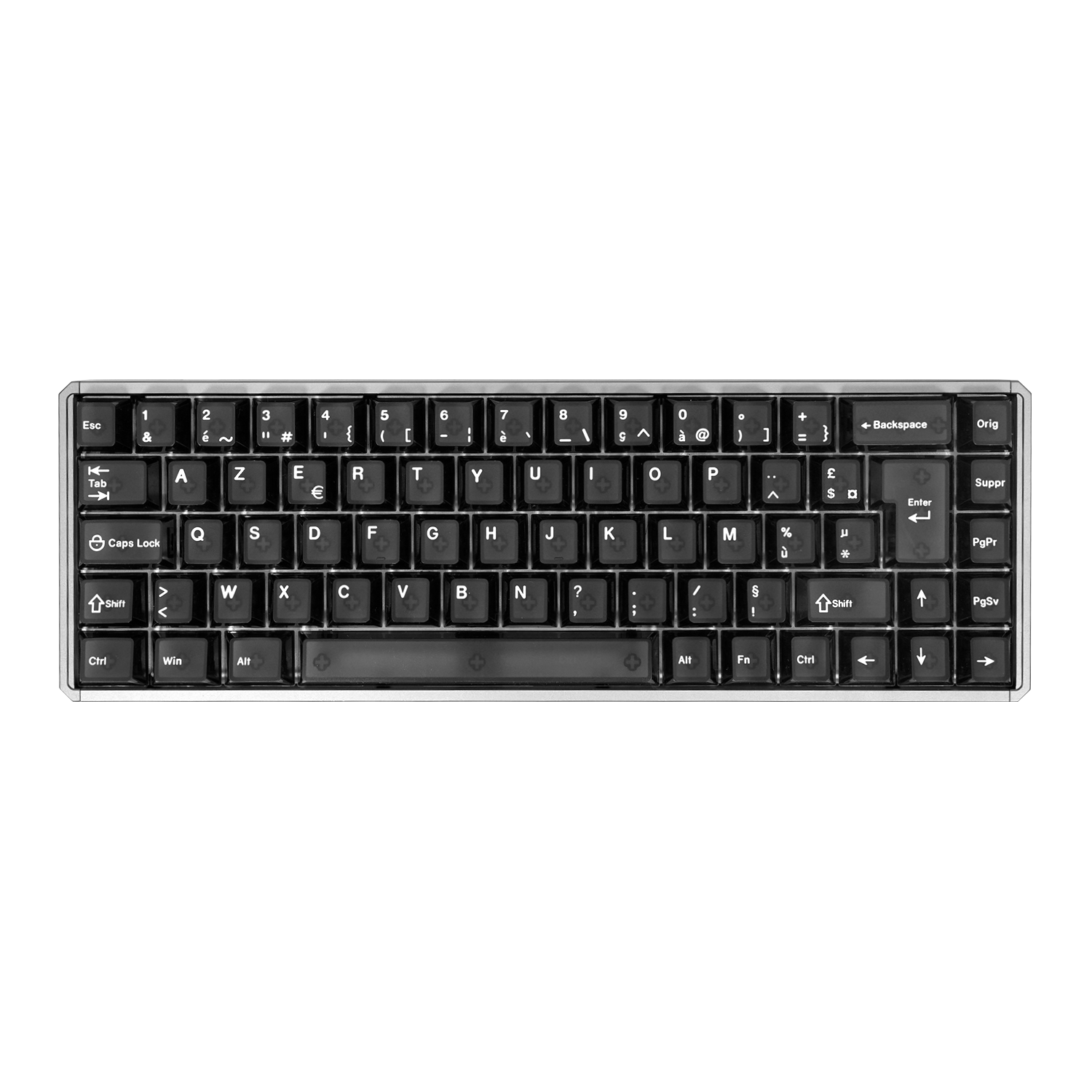

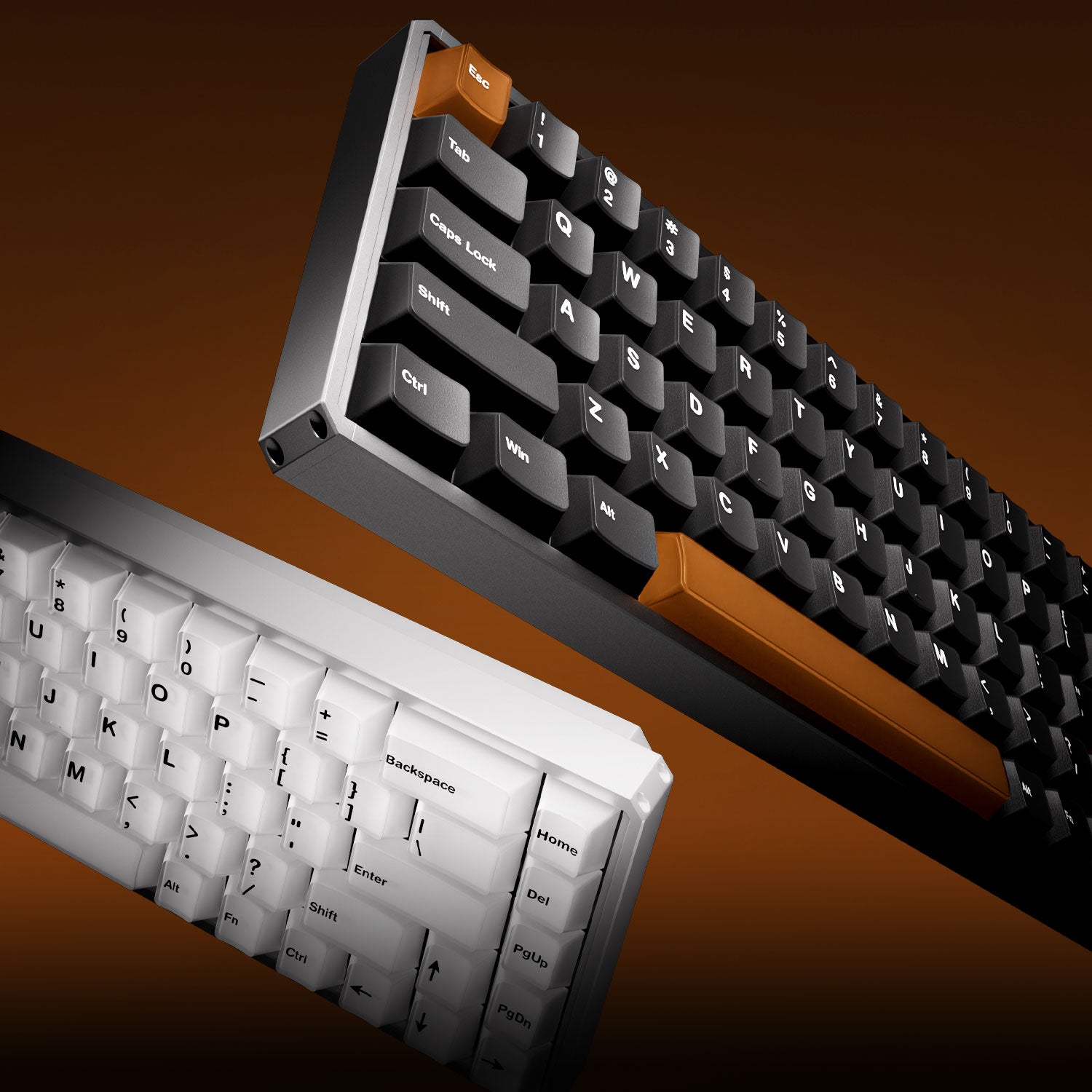

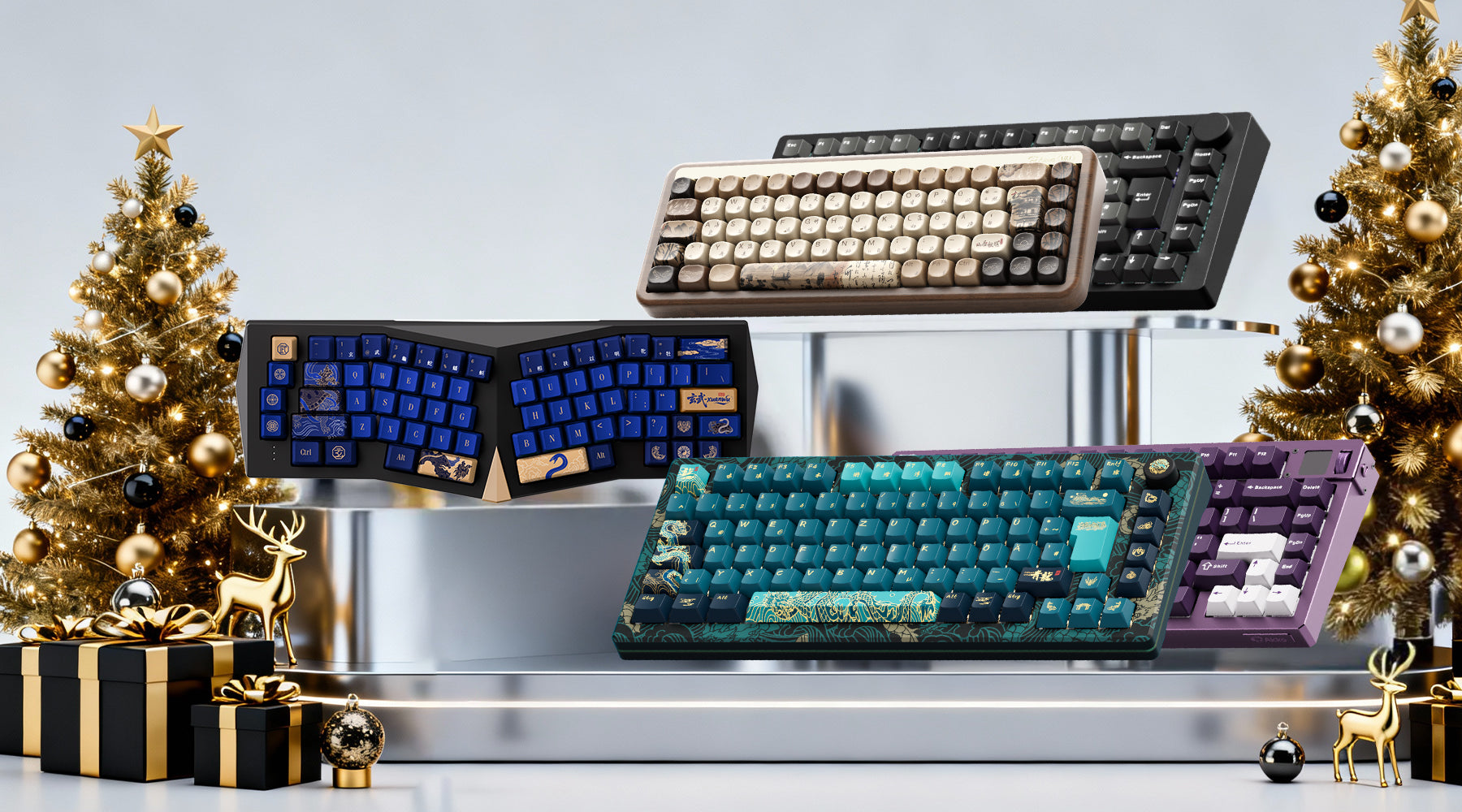
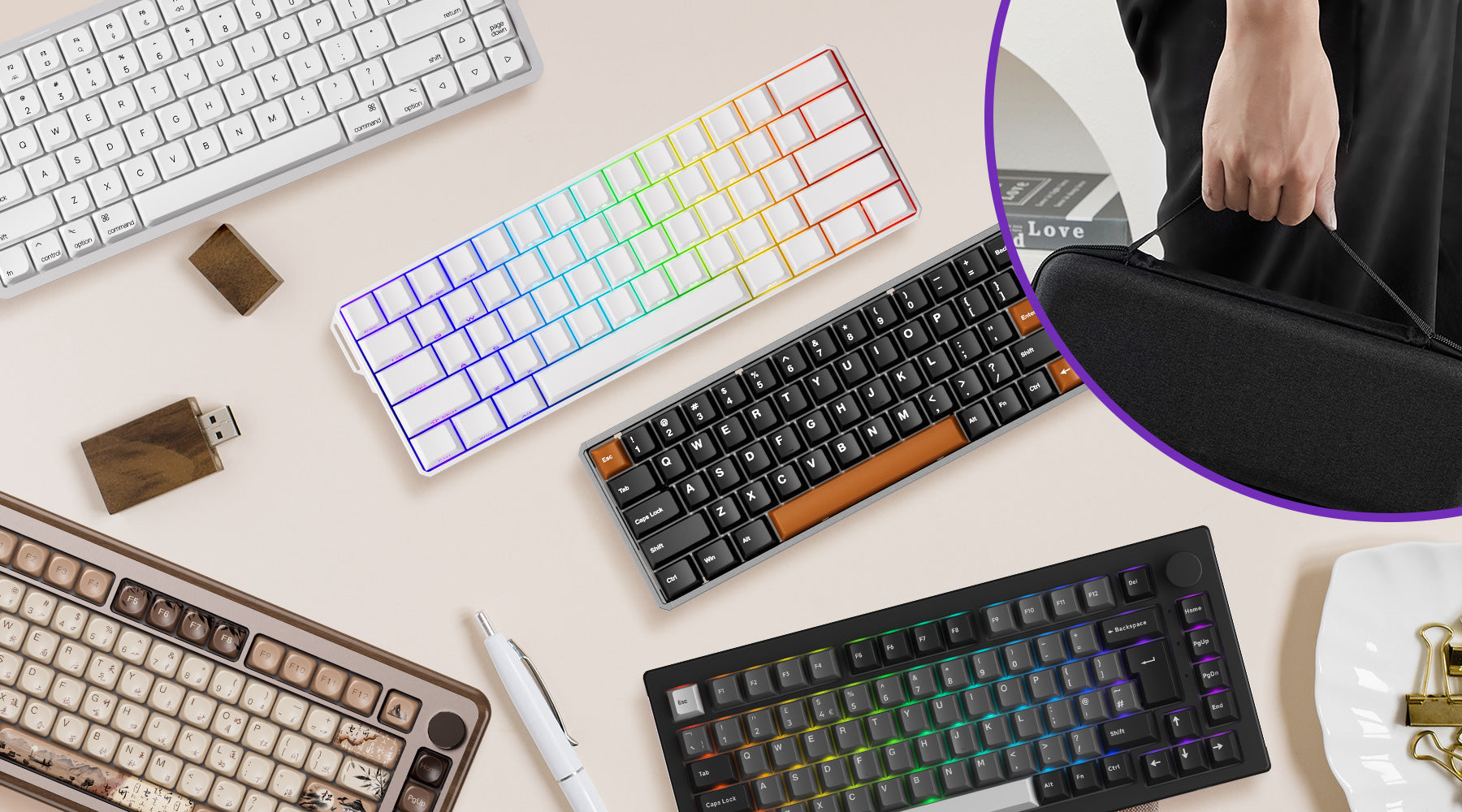
Laisser un commentaire
Tous les commentaires sont modérés avant d'être publiés.
Ce site est protégé par hCaptcha, et la Politique de confidentialité et les Conditions de service de hCaptcha s’appliquent.